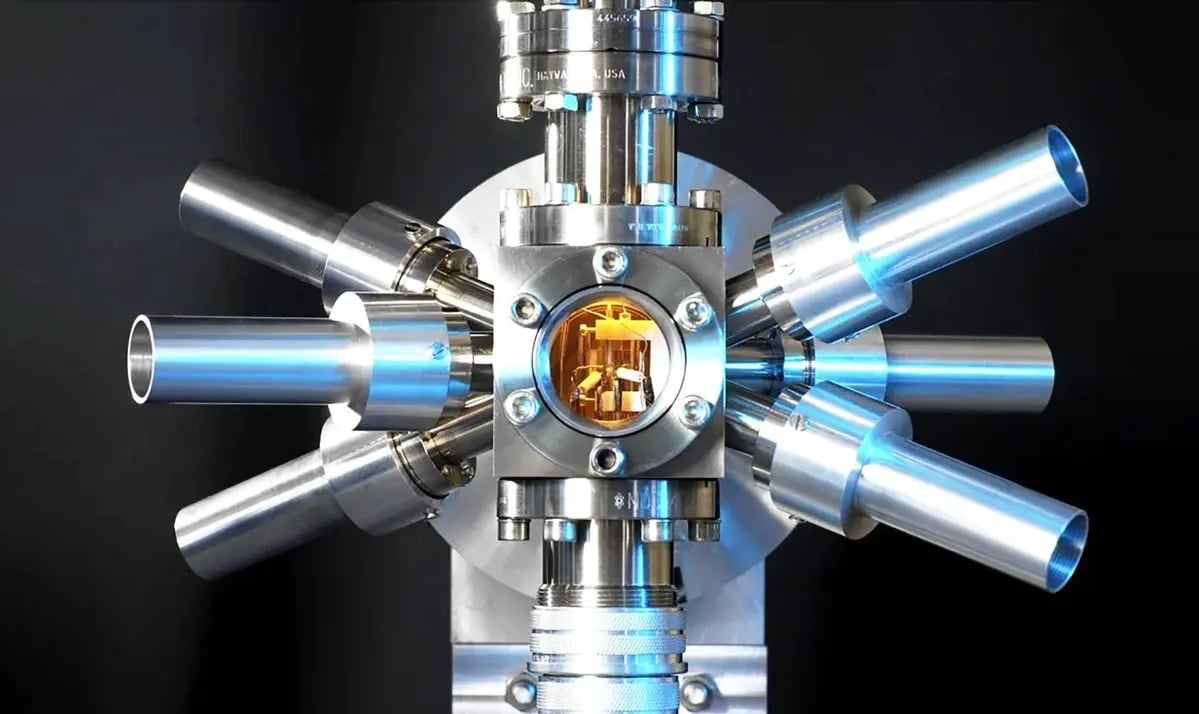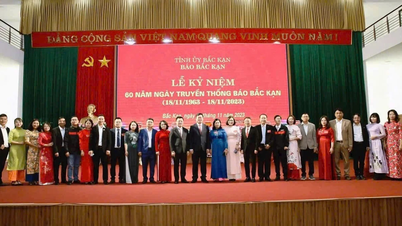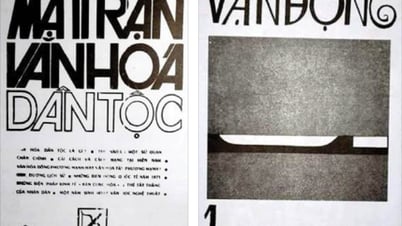(CLO) A breakthrough in atomic clock technology is reshaping the way we measure time. The new generation of optical clocks uses laser frequencies 100,000 times faster than traditional atomic clocks, achieving 100 times greater accuracy.
These clocks are expected to become the global standard for seconds in the International System of Units (SI), after passing international tests and comparisons.

Optical clock. Photo: Science Photo Library
Germany's Physikalisch-Technische Bundesanstalt (PTB) leads this research, developing a variety of optical clocks, including single-ion clocks and optical networks, that push the limits of precision.
Optical atomic clocks use laser light to excite atoms. When the laser is tuned to the correct frequency, the atoms switch between quantum states.
To maintain high precision, the atoms need to be isolated from external influences, and any remaining disturbances must be measured precisely.
Ion clocks are particularly effective at this because the ions are held in place by an electric field and isolated in a vacuum at distances of just a few nanometers.
This breakthrough lays the foundation for a new generation of optical ion clocks with higher stability and accuracy. The method can also be extended to other types of ions, opening up the potential for advanced clock designs.
Future innovations could include the use of multi-body quantum states or the simultaneous interrogation of multiple ion groups, improving efficiency and precision.
This research was supported by the German Research Foundation (DFG) through the Quantum Frontiers Excellence Group and the DQ-mat Collaborative Research Center.
Thanks to groundbreaking advances, optical watches are redefining the way time is measured, taking precision to a whole new level.
Ha Trang (according to earth.com)
Source: https://www.congluan.vn/dong-ho-nguyen-tu-quang-hoc-moi-se-dinh-hinh-lai-cach-do-thoi-gian-post331607.html



























![[Photo] Overcoming the heat, practicing to prepare for the parade](https://vphoto.vietnam.vn/thumb/1200x675/vietnam/resource/IMAGE/2025/6/21/b93392e8da8243b8a32040d19590e048)

























![[Maritime News] Wan Hai Lines invests $150 million to buy 48,000 containers](https://vphoto.vietnam.vn/thumb/402x226/vietnam/resource/IMAGE/2025/6/20/c945a62aff624b4bb5c25e67e9bcc1cb)












































Comment (0)